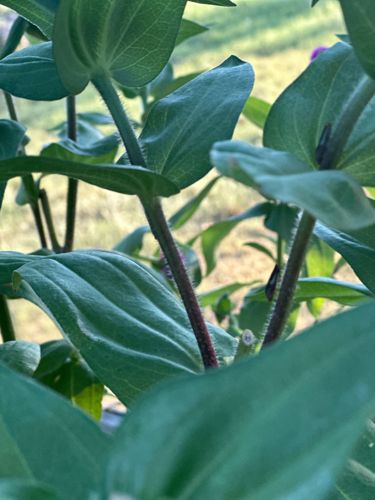Aphid
Scientific Name: Aphididae (family)
Order & Family: Hemiptera, Aphididae
Size: Typically 1-4 mm (0.04-0.16 inches) long.

Natural Habitat
Found on the stems, leaves, and buds of plants, both indoors and outdoors, in gardens, agricultural fields, forests, and greenhouses.
Diet & Feeding
Plant sap (phloem), specifically from a wide variety of plants, depending on the aphid species.
Behavior Patterns
Aphids reproduce rapidly, often through parthenogenesis (without males), leading to quick population growth. They feed by inserting their stylets into plant phloem to suck out sap. Some species can transmit plant viruses. Aphids are often attended by ants, who 'farm' them for their honeydew secretions, protecting them from predators.
Risks & Benefits
Risks: Aphids are significant agricultural pests, causing stunted growth, deformed leaves, and reduced yields by sucking plant sap. They also transmit plant viruses, leading to further damage. Benefits: In certain ecosystems, they serve as a food source for beneficial insects like ladybugs and lacewings, which are natural pest controls. However, their pest status generally outweighs their benefits in human-cultivated environments.
Identified on: 8/24/2025